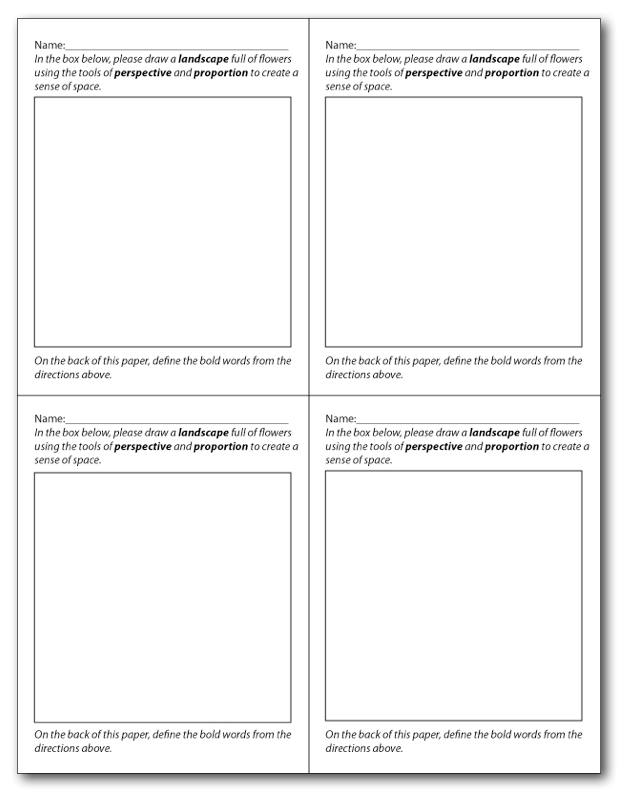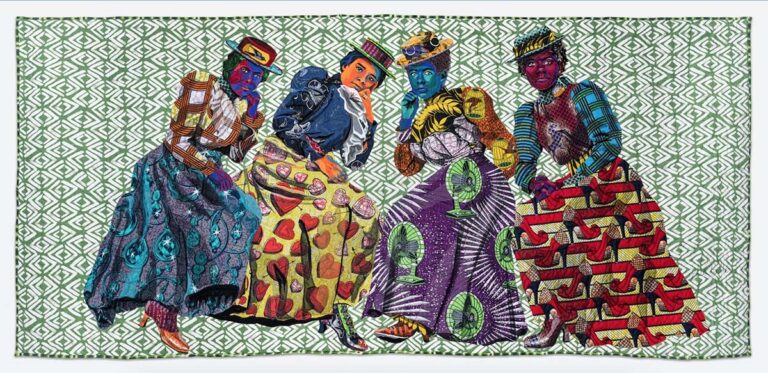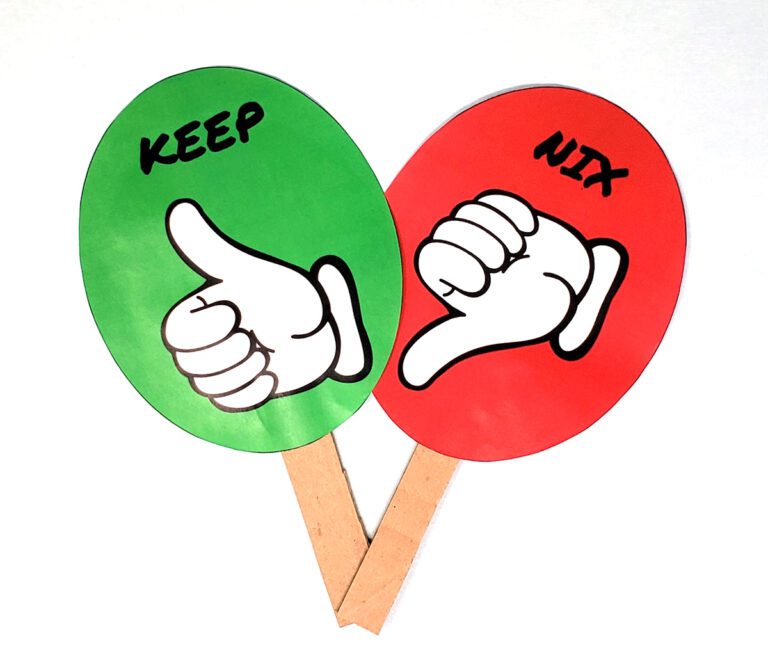In Part One, I discussed the process to begin using data in your art classroom. We walked through setting up your objectives, delivering a simple pretest, collecting your data, and setting a goal based on the results.
The numbers from your pre-test might be dismal depending on how new the concepts are to your students. For instance, my fourth graders had never been introduced to proportion, so I expected a very low percentage to show mastery on the pre-test. And that is, in fact, what I saw. A big old goose egg! Since showing growth is the whole idea behind data, I was pleased. There was nowhere to go but up!
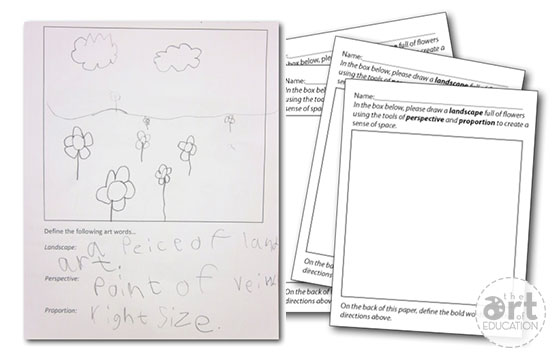
Now for the fun part: instruction!
It is important to use these results to craft your instructional practices. Looking at the pre-test results, I knew we didn’t need to spend a ton of time going over the landscape genre. I also knew that I would have to work hard to get my students to understand proportion. It will be important for you to use some formative assessments to see if you are hitting the mark with them. Be flexible and willing to make mid-course adjustments if you notice that things aren’t sinking in.
Once the lesson is complete you should give your classes the post-test.
The best part about the post-test? It is exactly like the pre-test! You really want to compare apples to apples. Rather than have them use the back of their paintings, I printed off these little mini tests. Click on the image below to download your own PDF copy to cut up and use in the classroom.
Notice that the test is asking students to complete a slightly different task than the lesson. I don’t want to know if they have mastered drawing pumpkins, I want to know about the concepts!
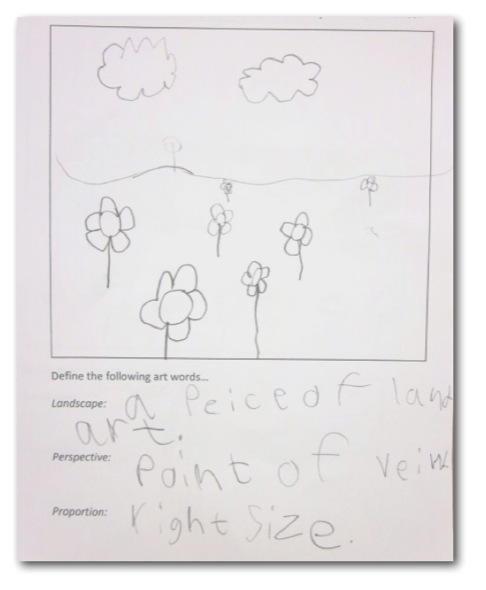
Once your data from the post-test is completed, analysis is as simple as comparing your pre-test numbers to the post-test numbers.
Do your kiddoes get it? Did they grow? Why or why not? Make sure to celebrate even the tiniest of growth with both individual students and whole classes. Be brave and share that data with your whole building. Post it for all to see! At the very least you will get some key players interested in your use of data in the art room.
Are you being asked to show growth through data in art class?
What other solutions or ideas have you come up with?
Magazine articles and podcasts are opinions of professional education contributors and do not necessarily represent the position of the Art of Education University (AOEU) or its academic offerings. Contributors use terms in the way they are most often talked about in the scope of their educational experiences.
